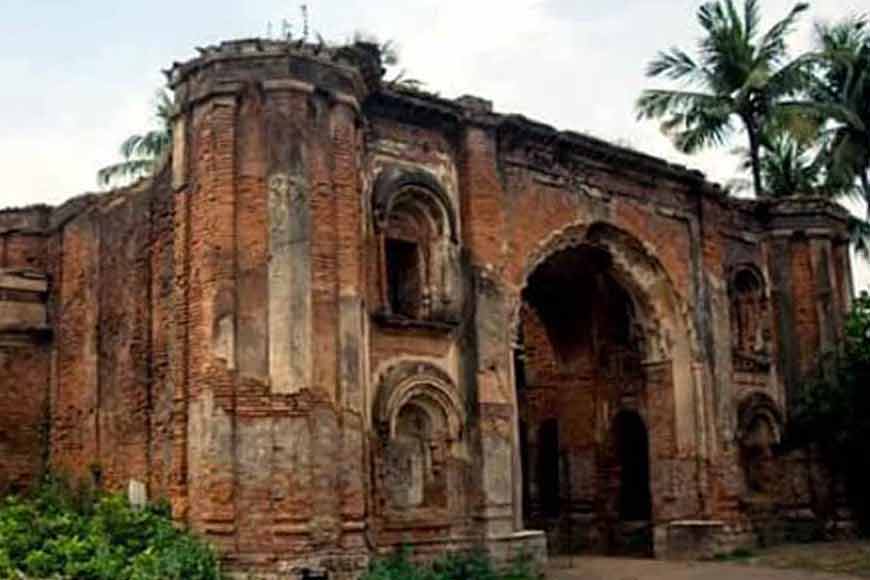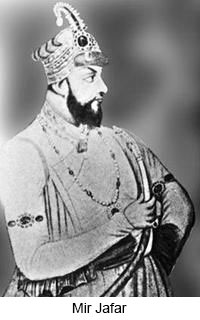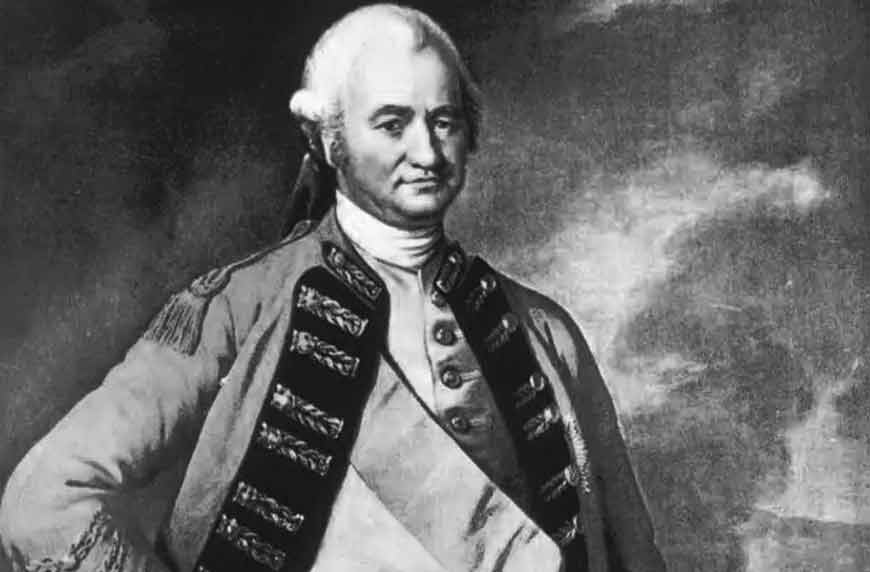Alipore, the posh Kolkata locality named after a ‘traitor’

Namak Haram Deorhi
On July 2, a little over a week after the Battle of Plassey in 1757, at the age of 66, Syed Mir Jafar Ali Khan Bahadur became the first ‘dependent’ Nawab of Bengal. Officially dependent on the British East India Company, that is. The Nawab is more familiar to history simply as Mir Jafar, of course, the traitor who sold out to Robert Clive and played a crucial role in the British victory at Plassey over the forces of Nawab Siraj-ud-Daulah. Such is the contempt for him in Bengal that even today, the phrase ‘Mir Jafar’ is synonymous with treachery and betrayal in the Bengali language itself.
 Many historians consider his two-part reign (1757-60 and 1763-65) as a key step in the British domination of modern-day India. The remnants of his palace in Murshidabad are still known as Namak Haram Deorhi (Traitor’s Gate), located just opposite Jafarganj Cemetery in the town’s Lalbagh area. Significantly, there is no mention of his actual name in relation to his palace. The word ‘traitor’ was perhaps felt to be good enough.
Many historians consider his two-part reign (1757-60 and 1763-65) as a key step in the British domination of modern-day India. The remnants of his palace in Murshidabad are still known as Namak Haram Deorhi (Traitor’s Gate), located just opposite Jafarganj Cemetery in the town’s Lalbagh area. Significantly, there is no mention of his actual name in relation to his palace. The word ‘traitor’ was perhaps felt to be good enough.
However, there is one prominent neighbourhood in the state that does bear his name, and right here in Kolkata at that. Those who know about it will realise we are talking about the famously posh locality of Alipore, once home to ‘Nawab Jaffir Ali Khan’. This curious bit of history is unknown to most modern Kolkatans, but it is a fact that Mir Jafar and his entourage were stationed in Calcutta once Henry Vansittart took over from Robert Clive as Governor-General and deposed the traitorous Nawab in favour of Mir Jafar’s son-in-law Mir Qasim in 1760.
Mir Jafar had realised that the British extortion machinery would never stop, and had been trying to ally with the Dutch to escape the Company’s clutches. When the British defeated the Dutch at the Battle of Chinsurah in 1759, the ‘Namak Haram’ had nowhere to go. Desperate, he petitioned the Calcutta Board for permission to reside in Calcutta, on the ground that he could not be safe in Bengal except under British protection. Permission granted, he set up his residence in the neighbourhood which consequently became known as ‘Alipore’.
 Robert Clive
Robert Clive
The exact site in Alipore where ‘Jaffir Ali’ lived during the three years of his exile may be open to question, but as Kathleen Blechynden writes in ‘Calcutta Past and Present’ (1905), “it is permissible to conjecture that his house stood near where now stands the Court of the Judge of the Twenty-four Pergunnahs, and that, when his period of deposition came to an end in 1763, the house, and grounds, and adjoining lands passed into the hands of Warren Hastings”. Blechynden adds, “It seems probable that the nawab presented the property to Hastings as a gift, as a return possibly for kindness and attention received.”
Making allowances for the archaic and Anglicised spellings, it seems fairly clear that Mir Jafar’s original residence stood near the modern day Judges’ Court, and initially, the name Alipore encompassed only the residential complex that the erstwhile nawab occupied. Once he was back on the throne in 1763, having wormed his way back into the good books of the British, he had no further use for the property, which he bequeathed to Warren Hastings.
The next time you are in Alipore, therefore, keep in mind its link to Plassey, the most important chapter in the modern history of Bengal. Who would have thought that a Nawab reviled in his own kingdom of Murshidabad would have left such a mark on a city that he did not even like living in?










